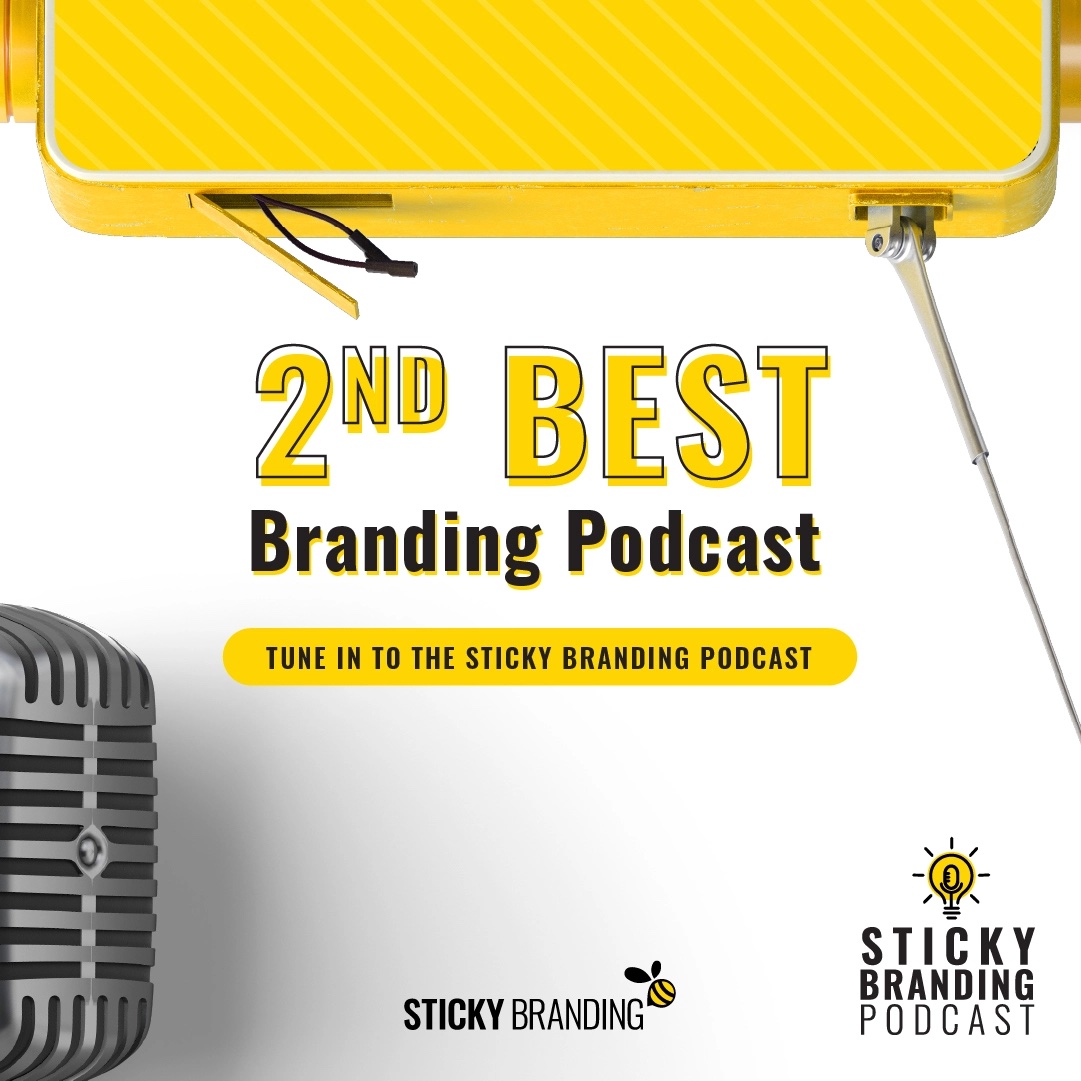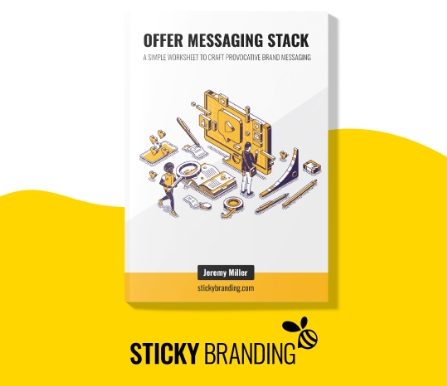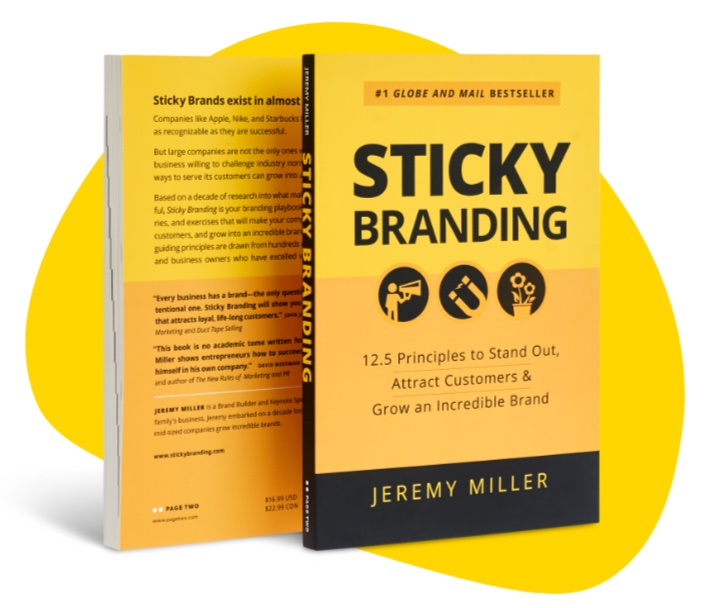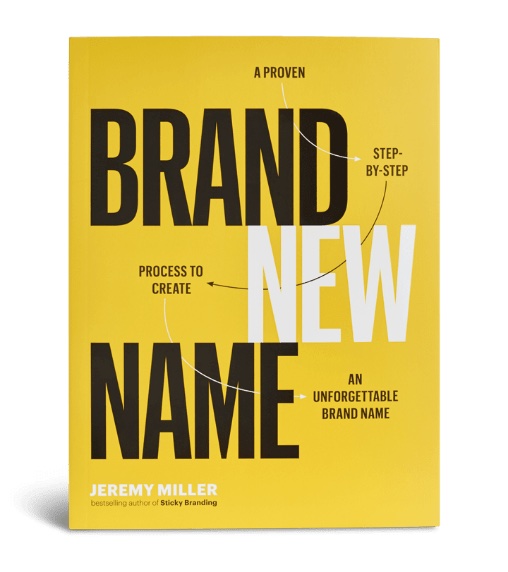Three weeks ago Trish, a family friend, was unceremoniously laid off from her job of 38 years. It was the only job she’s had. She joined as a summer intern when she was 18, and progressed through the organization. Over the past 13 years she has been managing a team of 12 inside sales reps and 4 customer service reps. She loved her job. She loved her team. She even loved the company. But now she’s at a quandary. She’s unemployed at 56, and describes the prospects of finding a new job as “slim to grim.”
Trish is not alone. People 50 and over are facing very high levels of unemployment. The tenderloin of the job market are skilled workers between 30 to 45 years old, and the further one is away from this demographic the harder it is to find employment.
This brings up a really big dilemma. Are we seeing the end of a job market that promises employment for life?
It’s as good as it’s going to get
The politicians are debating on how to “kick start the economy” and “get Americans back to work.” But the sad truth is the employment picture is as good as it’s going to get for the time being.
Even after billions of dollars of stimulus spending, the unemployment rate is hovering at 9.1% in the United States. This is a dramatic change from a few years ago. In 2000 the unemployment rate was 4%, and at the start of the recession it was at 5.8%. What’s even more distressing is the average length of time it is taking unemployed job seekers to find work has surged to 40.4 weeks. The previous peak was in 1983 at 20 weeks. No matter how you slice it, the job picture is bleak.
We can’t blame global economic insecurity as the source of our job problems. These challenges are systemic, and took 30 years to create. This became very evident in the recent political gridlock in Washington over raising the debt ceiling.
Since the early 80’s western countries have been fueling their growth with debt. The chart below from John Kemp at Reuters compares the growth of the United States’ economy with the growth of its debt.
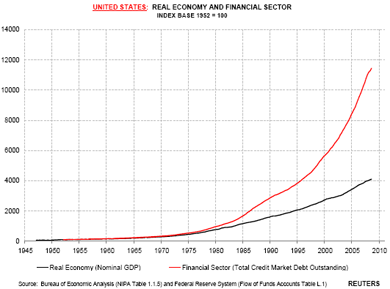
Between 1945, the end of World War II, to 1985 the debt to GDP ratio was relatively low at 1.4 times, but by 2008 it had climbed to 3.6 times. Debt fueled our purchases of cars, homes and lots of other consumer goods. This consumer spending drove GDP growth, and built large industries that hired millions North American workers.
The party is over, and the hangover is setting in. We’re already starting to see the ramifications in how we work, who we work for and how we live our lives.
Make yourself indispensable
Trish may have been a great employee and a strong manager, but her skills aren’t very marketable. She honed a set of skills that were primarily relevant for one industry with a specific business model. Now she’s competing against younger inside sales managers with more diverse experiences.
Now is the time for each and every one of us to take control of our careers, and consider life without an employer. Take a hard look at your job and what you do. Are you leveraging your talents and expertise to bring tangible value to the corporation, or are you simply a worker toiling in a cubicle factory? Or to frame the question differently, could you sell your expertise on an hourly basis as a contractor or consultant? If not, you are dispensable.
The manifesto for becoming indispensable is Seth Godin’s book Linchpin: Are you indispensable? He provides a wake-up call with some guidance on how to break out of the doldrums of cubicle work to carving out your own path. Becoming indispensable is an investment. It requires time, education, experience and self-awareness. But most importantly it’s a choice. Getting and keeping a job is the comfortable choice, but it may not be the best one for your future.
Think like an entrepreneur
You may not consider yourself an entrepreneur, but you sure should be thinking like one. Being an entrepreneur is a source of job security. If you can’t count on the job market to keep you employed-for-life, you have to take control of the situation.
If you were laid off tomorrow with no other prospects of employment, what would you do? Social insurance and savings will take you so far, and then what?
Entrepreneurs really don’t struggle with this question, because their job is to build a business. They are responsible for leveraging their talents, their expertise and their connections to generate wealth. If something doesn’t work, they change. It’s an ongoing process of planning, executing and adjusting to grow a business.
Pam Slim talks about having a side hustle. She explains, “If you are still working in a corporate job, a side hustle is a great way to test and try new business ideas. It can also be part of your backup plan in case you lose your job.” For example, my friend Anthony is an IT professional at a large company, but he also has a side hustle. He provides IT support for two accounting firms. It takes up two or three Saturdays a month, and maybe a few emails in the evenings.
I asked him why he does it. He’s a busy guy with an active family, and his job pays well. He said, “It’s the backup plan.” The work keeps him fresh, helps him build relationships outside of his standard employment and it gives him options. He’s not beholden to his employer or any other employer, because he controls his career.
The social contract is shifting
We are at the tip of a very large transition. Governments didn’t accumulate debt to the breaking point overnight. It took decades.
Expecting companies to provide their employees a job-for-life almost seems quaint today, but in the 80’s when mass layoffs took place it was a major social upheaval. Companies broke the social contract as they laid of hundreds of thousands of long term employees. Our jobless recovery is no less dramatic. The question now is what will displaced workers do? And as a society, what does it mean if employment-for-life disappears too?
My call is one for entrepreneurism. Not all of us will start companies, but we should all invest in ourselves as if we were businesses. Work to become indispensable, and find a new source of security and wealth.

